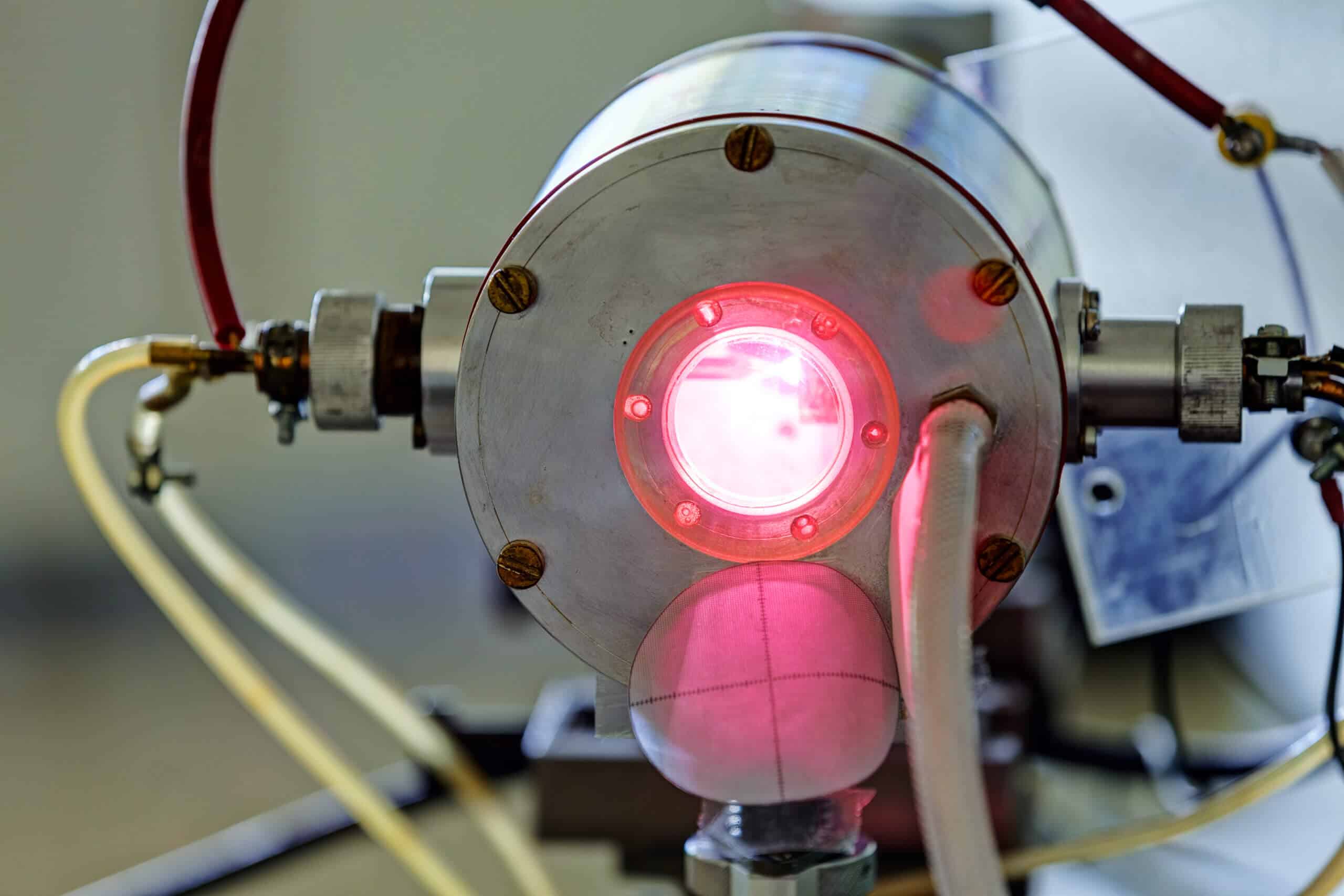Prof. Adi Aryeh: "We are standing at the threshold of a new technological world, and with it comes a host of new opportunities alongside a host of problems we have not yet encountered."

One of the main threats in the worlds of information security in recent years is the development of quantum computers. The new generation of computers that is gaining momentum may in the future enable the hacking of almost all existing encryption sources in our world. In a new study by Tel Aviv University, a new method was developed to create quantum light sources that serve as a key milestone in solving security problems. The quantum light source can emit two light particles (photons) intertwined in their spatial shape, for example one photon that appears approximately as a circle in space and the other photon has a shape containing (approximately) two circles and serve as the light source in new quantum encryption systems.
The research was conducted under the leadership of doctoral student Ofir Isharim under the guidance of Prof. Adi Aryeh, head of the Marco and Lucy Shaul Department. from the School of Electrical Engineering at Tel Aviv University. Also participating in the study were Dr. Shaoli Perel and Yehoshua Folly Komar from the School of Electrical Engineering as well as Dr. Irit Yubiler from the Department of Electrical Engineering at Sami Shimon College. The article, titled "Generation of spatially entangled qubits using quantum nonlinear holography", was recently published in the prestigious journal "Science Advances".
Shared encryption key
Prof. Aryeh explains: "In order to transfer confidential information between two users, an 'encryption key' is required, that is, a series of bits that only the two users have, which allows the information to be encrypted. In the world of quantum physics, a method was proposed to create a shared encryption key - by using two entangled photons. Each of the two participants can measure only one of the photons, but because they are entangled, there is a connection between these separate measurements, which allows the creation of the shared encryption key. The great advantage of this encryption method compared to the existing methods is that as soon as there is an attempt to hack this information, due to its physical properties (individual particles that are destroyed into one that measured them) the transmission will go wrong - and we will be able to know about the hacking attempt."
Ofir Isharim adds: "In order to carry out everything described above, we must produce a system in which a pair of quantum entwined photons have the same spatial shape. Most of the experiments done to date mainly used the polarization property of light, but this property has only two dimensions and limits the amount of information that can be consumed and transmitted. Therefore, the trend today is to switch to another feature of the light - a spatial form, which has a greater number of dimensions and therefore has advantages in terms of the rate of information transmission and in addition it also has an advantage in terms of information safety."
"To date, researchers have carried out the work in two stages - creating the entangled photons and then transferring them to a spatial form, by a series of optical components. In our work, we were able to optimize the process by using a crystal whose non-linear coefficient was designed to function as a sort of quantum hologram: a normal laser beam illuminates the non-linear hologram, which creates interweaving between the wavefronts (spatial forms) of the two photons that are created. This is a generalization to the quantum domain of the standard holography method, which allows storing the amplitude and incidence of a light beam and reproducing it by illuminating the hologram with a laser. In this way, the creation of the interweaving is done by a minimal number of components - an important feature for moving from the laboratory to practical applications. As an example, it will be possible to install this quantum source on satellites or drones, where it is required to use a light source with a minimal volume."
Prof. Aryeh concludes: "We are standing at the threshold of a new technological world, and with it comes a host of new opportunities alongside a host of problems we have not yet encountered. I believe that our research is part of a new generation of applications in the fields of quantum science and technology. In addition to applications in the field of encrypted communication, the light sources developed in the research may be used in highly sensitive quantum sensors."
More of the topic in Hayadan:
